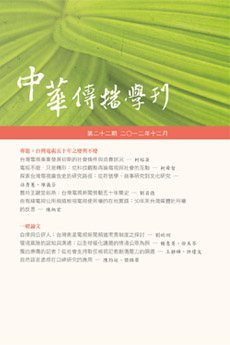 閱覽人數: 50
閱覽人數: 50
December
2012
No. 22
台灣電視五十年之變與不變
To Be or Not to Be: Taiwan TV’s 50th Anniversary頁數:67 - 98
作者(中)
劉昌德
作者(英)
Chang-De Liu
關鍵詞(中)
勞動 ; 電視新聞 ; 新聞工作者 ; 新聞史
關鍵詞(英)
labor ; television news ; journalists ; journalism history
中文摘要
本文以勞動觀點描繪五十年來台灣電視新聞的產製與消費、工作者樣貌、與勞動條件變遷。依照生產、消費、與政策的概況,台灣電視新聞發展大致分為五個階段。1980年代前獨占與有限競爭的兩個時期中,雖然籠罩在威權體制的政治控制下,但產業結構改變時,也曾出現短暫的專業自主、及有限度新聞競爭。1980年代後三台寡占聯合、共同瓜分鉅額利潤,新聞工作者勞動條件大幅提升,但專業反而受限。1993年後新聞勞動商品化加劇的晚近兩個時期,僅在1990年代中期因新競爭者介入,出現短暫新聞競爭與專業自主,隨後一般工作者勞動條件與專業自主同步下降,顯示媒體私有化帶來的衝擊。
英文摘要
From the perspective of labor, this study elucidates the history of Taiwanese television news in the past fifty years. The development of television news in Taiwan is divided into five stages according to changes in news production, consumption, and regulation. During the first two stages, from 1962 to 1980, despite control from the authoritarian regime, for a short period the three terrestrial television stations competed in news production and journalists had a certain degree of autonomy. Because of the cartel in television production from 1980 to 1993, profits generated by the television stations increased and the working conditions of journalists improved dramatically. Nevertheless, these stations were completely controlled by the KMT government during the third stage. In the mid-1990s because the government lifted the ban on broadcasting license, new participants in the TV market led to competence in news production and temporary autonomy for journalists. However, during the final two stages, working conditions and the degree of autonomy for the average journalist declined because of the privatization of the media.